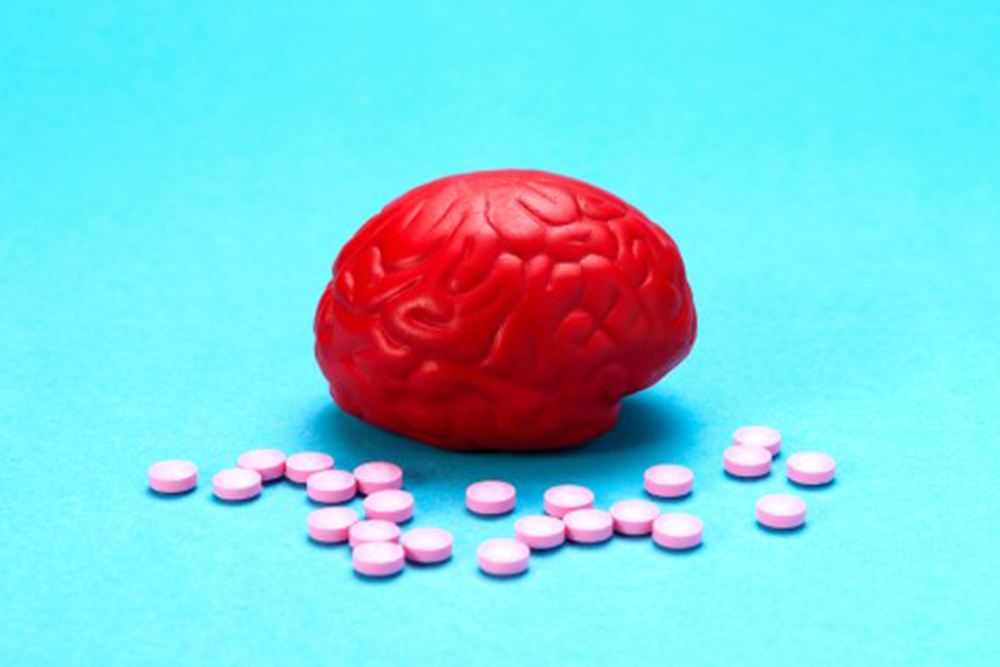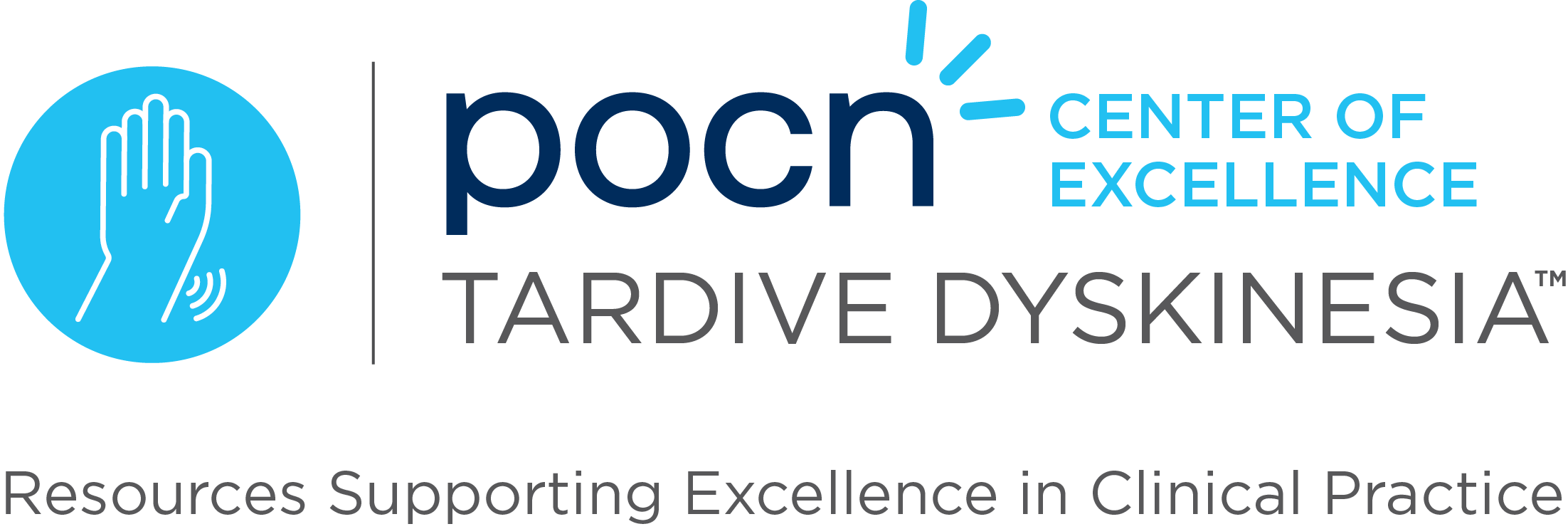Promising Therapies for Tardive Dyskinesia: Efficacy and Safety of Valbenazine and Deutetrabenazine

Tardive dyskinesia (TD) is a neurological disorder characterized by involuntary movements, often caused by dopamine receptor antagonists. Vesicular monoamine transporter 2 (VMAT2) inhibitors, such as valbenazine and deutetrabenazine, have emerged as promising therapies for TD, with several clinical trials demonstrating their efficacy.
Study Highlights Challenges in Treating Tardive Dyskinesia in Japan

Tardive dyskinesia (TD) significantly impacts patients’ daily life activities and quality of life. Several risk factors for TD have been identified, including older age, female gender, prolonged use and higher doses of antipsychotics, a history of extrapyramidal symptoms (EPS), and the use of first-generation antipsychotics (FGAs). Although second-generation antipsychotics (SGAs) pose a lower risk, it still exists. Polypharmacy and mood disorders further increase the risk of TD; however, there is limited data on TD in Japan.
Study Compares Efficacy of Once-Daily and Twice-Daily Deutetrabenazine

Researchers of this study evaluated the bioequivalence of once-daily and twice-daily formulations of deutetrabenazine in a randomized crossover trial involving 262 healthy adults. Participants received either 24 mg of the once-daily or 12 mg of the twice-daily formulation over seven days. The focus was on comparing plasma concentrations of deutetrabenazine and its metabolites. Results confirmed that the once-daily formulation is bioequivalent to the twice-daily version in terms of steady-state AUC and Cmax.
Study Leverages Lean Six Sigma to Enhance Tardive Dyskinesia Management in Antipsychotic Treatment

In a study, researchers provided insights on identifying and treating tardive dyskinesia (TD), particularly in patients treated with antipsychotics. They emphasize the importance of recognizing risk factors for TD, regularly evaluating patients using standardized tools and criteria, and considering the most suitable treatment options for each patient. The study utilizes the Lean Six Sigma quality improvement model, involving defining, measuring, analyzing, improving, and controlling processes to enhance the understanding and management of TD.
Evaluating the Clinical Utility of Deutetrabenazine

Authors of a review aimed to explore the clinical utility of deutetrabenazine in Huntington’s Disease (HD) and tardive dyskinesia (TD). Through summarizing clinical evidence, the authors walked through the efficacy in both disease types. Overall, the authors sited deutetrabenazine to be a safe and effective treatment for both TD and chorea in HD, with indirect comparisons showing relative superiority of deutetrabenazine over tetrabenazine for safety, though they do note that direct comparisons of efficacy and safety is needed between VMAT2 and dopamine blocking agents.
Staying Up-to-Date on Treatments and Practices

In a video from Medpage Today, Peter Weiden, MD, comments on staying updated on new antipsychotic drugs and medical practices. He notes that he has learned from online resources
Expert Panel Sets New Guidelines for Assessing Tardive Dyskinesia’s Impact on Patients’ Lives

An expert advisory panel has developed consensus recommendations for assessing the impact of tardive dyskinesia (TD) on patient functioning in clinical practice, addressing a notable gap in routine evaluations. Through a systematic process, including a literature review and panel discussions, the experts emphasized the importance of assessing TD’s impact on social, physical, vocational, and psychological functioning, as well as its effect on the primary psychiatric condition.
These assessments, which researchers suggest should occur at every patient visit, involve input from patients, caregivers, and family members, and are critical for guiding treatment decisions and shared decision-making regarding TD treatment initiation.
Pharmacogenomics Report Reveals Key Gene-Drug Interactions in Antipsychotics; Dosage Guidance Recognized by Major Health Organizations

A recent report examined the field of pharmacogenomics and its application to psychotropic medications; specifically, the gene-drug interactions between CYP2D6, CYP3A4, and CYP1A2 with antipsychotics. The report found that CYP2D6 phenotypes impact plasma concentration levels and therapeutic outcomes for various antipsychotics, CYP3A4 has shown significant interactions with quetiapine, and CYP1A2 doesn’t display significant differences in pharmacokinetics for drugs like clozapine or olanzapine.
The report concluded that significant organizations such as the Clinical Pharmacogenetics Implementation Consortium, FDA, and Dutch Pharmacogenetics Working Group recognize the importance of using pharmacogenomics, which can be essential in guiding dosing and minimizing the risk of adverse effects with antipsychotic medications due to its influence on pharmacokinetics.
New Insights into Tardive Dyskinesia: Pathophysiology, Treatment Recommendations, and Focus on Prevention

Researchers of a study looked at the current knowledge regarding the pathophysiology of tardive dyskinesia (TD) to provide recommendations for prevention and treatment based on a literature search and a roundtable discussion with psychiatrists in Japan.
Most guidelines recommend managing TD by reducing antipsychotic doses, switching to clozapine or other second-generation antipsychotics with a lower association with TD, as well as focusing on prevention and monitoring when prescribing antipsychotics. TD is often irreversible, emphasizing the importance of cautious antipsychotic use at the lowest effective dose and frequent monitoring for TD symptoms. Another promising option is the use of vesicular monoamine transporter 2 (VMAT-2) inhibitors, which interfere with dopamine uptake and storage, counteracting the increased dopaminergic activity associated with prolonged antipsychotic use.
Study Shows Deutetrabenazine’s Significant Impact on TD Symptoms: Reduction in Motor AIMS Score Linked to Clinically Meaningful Improvement

A recent study analyzed the minimal clinically important change (MCIC) in total motor Abnormal Involuntary Movement Scale (AIMS) score in patients with tardive dyskinesia (TD) treated with deutetrabenazine. Deutetrabenazine is an approved medication for TD. The study included 295 patients, with 197 receiving deutetrabenazine and 98 receiving a placebo. The analysis found that the MCIC in deutetrabenazine-treated patients was approximately -2.4 based on the Patient Global Impression of Change (PGIC) and -2.1 based on the Clinical Global Impression of Change (CGIC). In comparison, the MCIC for placebo-treated patients was -1.4 based on the PGIC and -1.5 based on the CGIC. Additionally, a significant proportion of deutetrabenazine-treated patients showed improvement in total motor AIMS score by at least 2 and 3 points. These findings suggest that a reduction in total motor AIMS score of approximately 2 is associated with clinically meaningful improvement in TD symptoms when treated with deutetrabenazine.
